The Benefits of Using the Correct Financial Software for Financial Planning and Analysis
The Benefits of Using the Correct Financial Software for Financial Planning and Analysis
Running a business without proper financial planning is like driving a car with your eyes closed—you might move, but you probably won't end up where you want to go. Accurate financial planning and analysis (FP&A) are essential for making smart, strategic decisions that keep your business on track and thriving.
Imagine FP&A as your business’s superhero sidekick, always ready with the right tools to save the day. The secret weapon? The right financial software. This software doesn’t just handle numbers; it turns data into actionable insights, helping you steer your business with confidence.
With the right financial software, you can streamline data management, boost your analytical powers, and improve reporting accuracy. It’s like having a supercomputer that makes financial management a breeze, helping you make better decisions and stay ahead of the competition.
This article will show you how the right financial software can transform your FP&A process, turning financial data into a strategic asset that powers your business to new heights. Get ready to see how technology can make your financial planning as smooth and powerful as a superhero’s flight
Benefits of the Right Financial Software with Real World Examples
1. Streamlining Data Management
- Example: Shoprite Holdings. A major South African retail company, Shoprite, implemented a new financial software system that integrated data from their sales, supply chain, and customer service departments into one unified system. This allowed for real-time data reporting and analytics, leading to a 15% reduction in inventory costs due to better demand forecasting.
2. Enhancing Analytical Capabilities
- Case Study: Aspen Pharmacare. This leading South African pharmaceutical company utilized advanced financial software to conduct scenario planning and risk assessments during the rapid changes in the healthcare market due to regulatory adjustments. This proactive approach helped them maintain profitability by adapting their operations to new market conditions efficiently.
3. Increasing Efficiency and Productivity
- Example: Tech Innovations Inc. After adopting AI-driven financial software, they reported a 40% reduction in time spent on financial reporting tasks. The automation features helped eliminate repetitive tasks such as data entry and reconciliation, allowing staff to focus on higher-value activities like strategic analysis and decision support.
4. Improving Financial Reporting and Compliance
- Example: Global Finance Bank This financial institution integrated compliance management software that automatically updates the system to the latest financial regulations. This not only streamlined their compliance reporting process but also significantly reduced the risk of non-compliance penalties.
5. Cost Savings and ROI
- Case Study: Pick n Pay. This giant South African retail chain invested in scalable financial software that adapted to their growing operations across regions. The investment paid off by delivering a 20% return on investment within the first year through improved financial controls and reduced operational inefficiencies.
Choosing the Right Financial Software - Software Options
Prophix
- Features: Prophix offers comprehensive budgeting, forecasting, reporting, and financial consolidation capabilities. It is particularly useful for automating repetitive tasks and enhancing financial accuracy through its advanced analytics. Prophix is also known for its detailed scenario planning features, which help businesses model various financial outcomes based on different business scenarios.
- It is ideal for Medium to large enterprises looking for a robust solution to manage complex financial processes and requiring detailed analytical tools for decision support.
Smartsheet
- Features: While primarily known as a project management tool, Smartsheet also offers capabilities that support financial management tasks like detailed budgeting and project cost tracking. It provides real-time collaboration and reporting features, which are invaluable for teams that manage multiple projects or require agility in financial planning. Following a sound project management approach allows Finance to accurately record and keep track of capitalisation costs during the project phase. Post the project, benefits realisation tracking is a healthy discipline and the learning derived therefrom ensures future ROI on similar investments. (Add 30 day trail)
- Ideal for: Businesses of all sizes that need flexible software to integrate project management with financial planning and are looking for a tool that supports collaborative work.
Oracle NetSuite
- Features: Oracle NetSuite is a comprehensive, cloud-based ERP solution offering modules for financial management, CRM, and e-commerce. Its financial management capabilities include real-time financial analysis, streamlined business processes, and automated billing and revenue recognition.
- Ideal for: Small to large businesses needing an all-in-one ERP solution with strong financial planning and real-time business intelligence capabilities.
SAP S/4HANA Finance
- Features: This is a comprehensive set of financial management and accounting solutions that support financial planning, analysis, and consolidation. The software offers powerful real-time analytics, simulation, and forecasting tools to help businesses optimize their financial processes.
- Ideal for: Large enterprises looking for a highly scalable solution to support global operations with complex financial reporting and analytics needs.
QuickBooks
- Features: Popular among small businesses, QuickBooks offers user-friendly accounting features, including expense tracking, budgeting, and financial reporting. It integrates well with other business services and provides an extensive marketplace of add-ons for customized needs.
- Ideal for: Small businesses and startups that need a straightforward, easy-to-use financial management tool with strong community support and extensive training resources.
Microsoft Dynamics 365 Finance
- Features: This software provides global financial management with AI-driven insights and an automated user experience to optimize financial operations. It supports regulatory and tax requirements, and complex financial structuring, and provides in-depth analytics.
- It is ideal for Medium to large enterprises that require robust financial management tools integrated with other business processes in a comprehensive ERP system.
Conclusion
In conclusion, selecting the right financial software is pivotal for any organization aiming to enhance its financial planning and analysis capabilities. Tools like Prophix and Smartsheet, alongside other robust solutions provide tailored functionalities that cater to diverse business needs.
These platforms not only streamline complex financial processes but also enable deeper analytical insights, improving decision-making and operational efficiency.
By leveraging these advanced tools, businesses can ensure compliance, optimize costs, and ultimately drive strategic growth. As the financial landscape continues to evolve, investing in the correct financial software will equip companies with the necessary agility and precision to navigate future challenges and capitalize on opportunities effectively.


